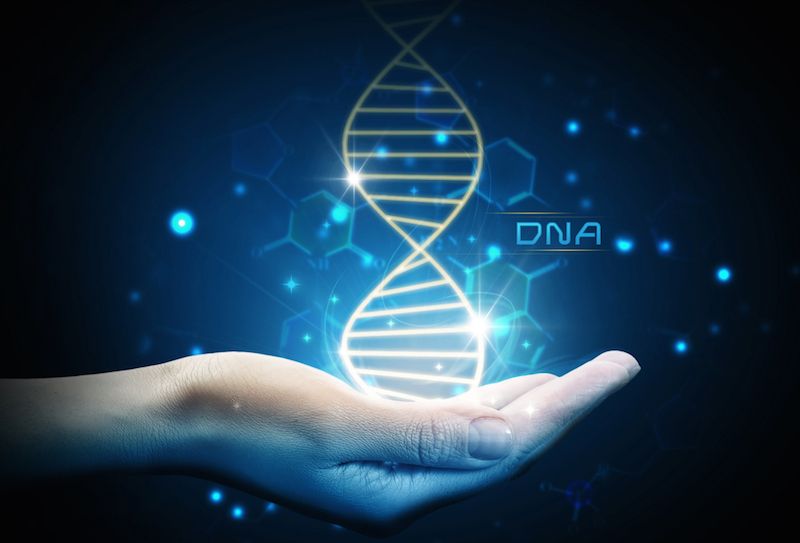It's a Girl! Ancient Viral Genes May Determine a Baby's Sex

It's a boy! Or maybe it's a girl, but either way, new research suggests that the sex of mouse babies, and perhaps the sex of human babies, may be influenced by a newfound way to deactivate ancient viral genes that have been embedded in mammal genomes for more than a million years.
In the research, the scientists looked at viral DNA that is active in the mouse genome. Viral DNA can become part of an animal's genome when a kind of virus called a retrovirus infects a cell, and slips its genes into the DNA of host cells. (The most notorious retrovirus is HIV, the virus behind AIDS.)
If a retrovirus infects a sperm or egg cell — and that sperm or egg is involved in fertilization and becomes part of a person — all of the person's cells will have the viral DNA, and they will pass it on to their descendants. Hence, people and animals today carry in their cells the genetic remnants of viruses that invaded the genomes of their ancestors.
In fact, more than 40 percent of the human genome may be composed of viral "leftovers," said Andrew Xiao, the senior author of the new study and a molecular biologist at the Yale School of Medicine in New Haven, Connecticut.
Most viral remnants are inactive. But some viral DNA "can interfere with development or health," Xiao told Live Science. And it could also accelerate mammalian evolution, he said. For example, if an organism faces changes in the climate or its food source, viral DNA may introduce variations that help the organism adapt to the change.
In the new study, the scientists found high levels of a viral remnant on the mouse X chromosome, which helps determine the sex of mice. If this viral DNA is active, X chromosomes stay active, and females and males are born at an equal ratio. However, if this viral material is silenced, X chromosomes will get deactivated, and males will be born twice as often as females, according to the findings, published in the March 31 issue of the journal Nature.
Although it remains uncertain whether a similar mechanism influences human sex ratios, the human X chromosome also contains viral material, Xiao said. [The 9 Deadliest Viruses on Earth]
Sign up for the Live Science daily newsletter now
Get the world’s most fascinating discoveries delivered straight to your inbox.
The researchers also discovered how the mouse cells deactivate the viral genetic material in order to shut down the X chromosome. Cells commonly deactivate genetic material by attaching a compound known as a methyl group to the DNA. This methyl "tag" influences genetic activity without changing the genetic sequence itself. The gene is shut down, while the sequence of A, T, G and C nucleotides remains intact.
But Xiao and his colleagues found that mouse embryo cells add a methyl tag to the nucleotide A, or adenine, to silence the viral genes. For decades, scientists thought the only way to silence a gene in mammals was to tag a C nucleotide, or cytosine.
Although scientists knew for a long time that single-celled organisms could tag the A nucleotide, "this is the first time it's been seen in mammals," said Gerd Pfeifer, a molecular biologist at the Van Andel Research Institute in Grand Rapids, Michigan, who did not take part in this research.
Aside from helping determine the sex of offspring, the viral material the researchers studied has been shown to potentially help tumor cells grow, and to be active in the brain, Xiao said. [7 Diseases You Can Learn About from a Genetic Test]
The researchers are still investigating which enzyme tags the A nucleotides. "We also want to find out how this mechanism might be involved in human health," Xiao said.
This new work revealed that this tagging of adenine is very rare in the mouse genome, only affecting "about seven out of every million adenines," Pfeifer said. Future research should further investigate whether this tagging is more common in some tissues than in others, Pfeifer added.
Follow Charles Q. Choi on Twitter @cqchoi. Follow Live Science @livescience, Facebook & Google+. Originally published on Live Science.












